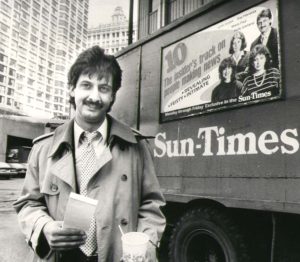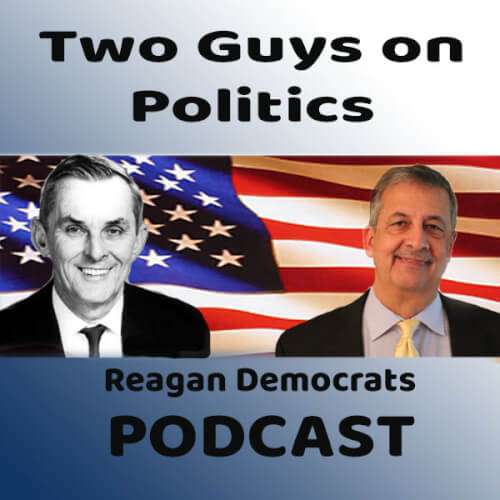In Communications, it’s “Audience, Audience, Audience.”
Knowing who you want to address and catering the message to them is critical to how successfully you can deliver your message.
By Ray Hanania
In retail business, it’s “location, location, location.” But in effective communications, it is “audience, audience, audience.”
You NEED to know who your audience really is. Too often, people communicate by “speaking to themselves.” That is, they speak as if they are making themselves happy, catering to what they want to hear. It’s not just ego that drives this critical failure in effective communications. It is human nature. Humans want to talk about themselves and humans want to talk to themselves. So they communicate in a manner that they think they want to hear, rather than the way the audience needs to hear.
The whole point of communications is to convey a message from you to someone else. It could be to one person, or more often, it is to a larger group of people. So you need to figure out how to make your message of interest to the person or person (the audience) you are speaking to.
That means you need to know and understand your audience. It’s not just about the language they speak, but what most matters to them. You do your best to take your message and craft it so it reflects, as best as possible, what interests them.
Human nature does offer an advantage that you can exploit when delivering a message. For example, people (audiences) feel more comfortable with people who are like them. The closer you are to be like them, the more they are comfortable with you. That means that you can increase the effectiveness of your message by ensuring that the person you select to deliver the message is as close to the audience in identity as possible.

I always tell the story of how I got into the news media in the 1970s. I was serving in the U.S. Air Force during the Vietnam War and I was at a training base in Texas, at home one night watching TV. (I had left college after my sophomore year to enter the military.) I saw an Arab spokesman and an Israeli spokesman arguing about the 1973 Arab-Israeli war on a national TV program.
The Israeli spokesman looked like an American, spoke like an American, wore clothing that were typical of American culture at that time (remember culture changes). More importantly, the Israeli spokesman not only spoke “English” perfectly (with no foreign accent) but also he spoke “American.” What I mean is he not only spoke in English but he used very common and frequently used American idioms and American vernacular. He used American iconic euphemisms that the American audience — the one he was targeting with his message –most identified with and were familiar with.
It didn’t matter what he was saying.
And I repeat, “It’s not what you say but how you say it that is most important.”
What mattered was “how” he said what he said.
Familiarity, affinity and the mutual sharing of identity strengthen the bond between a person delivering a message and the audience. The more you are like the audience, the more the audience will like what you say.
The Arab spokesman, on the other hand, was just the opposite. The Arab spoke with a heavy Arabic language accent. His English was broken, although passable. He also was not shaven (and had a 5-day beard that is typical of many Arabs). His clothing was casual. He didn’t wear a suit, and a suit that the audience might look at and admire.
Worse, his message was a message of anger and emotion. He was in fact blaming the audience for the suffering of his people and for the conflict. He was blaming the very people he needed to win over as friends.
Everything he did separated him from the audience, creating a wider and wider gap that his message could not bridge. What he was saying was irrelevant to the end result. It was how he looked and sounded
I knew right away that his failure to identify with the American people would undermine his arguments against the Israeli.
That’s when I decided I wanted to get into journalism and communications as my primary profession, rather than into medicine as I had previously aspired to during my first two years in college.
(Ray Hanania is an award winning former Chicago City Hall reporter and columnist. His website is www.RayHanania.com. Email him and share your views at rghanania@gmail.com.)


